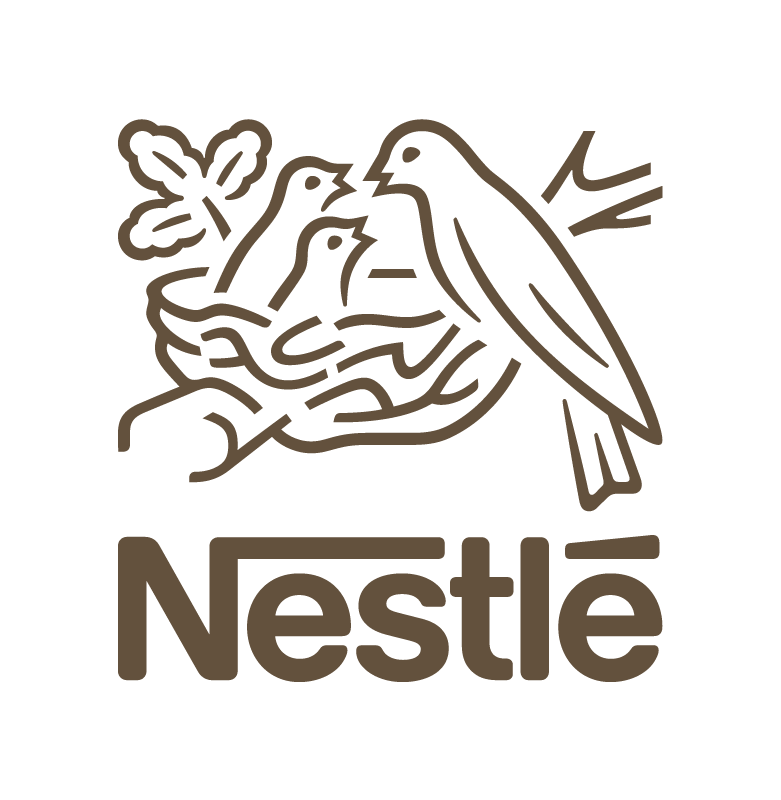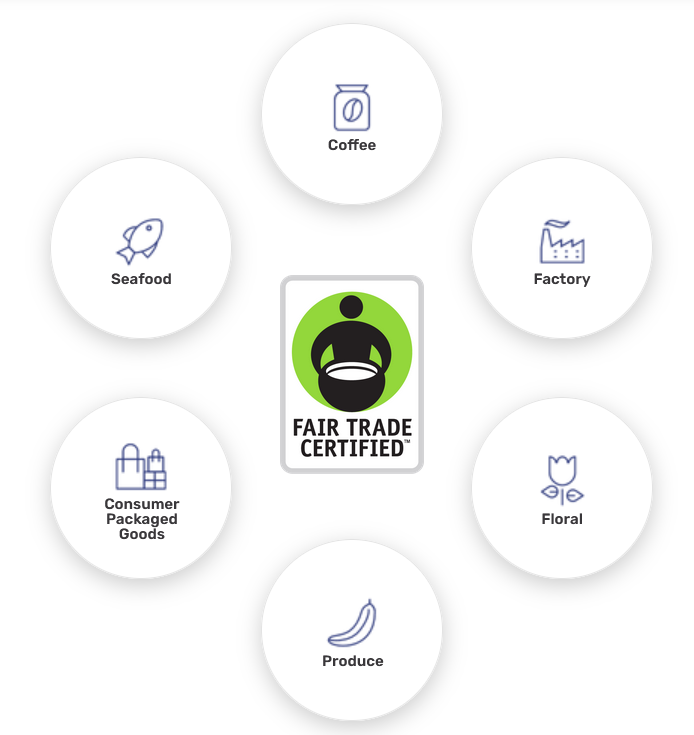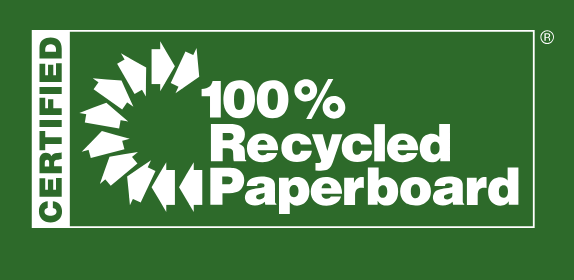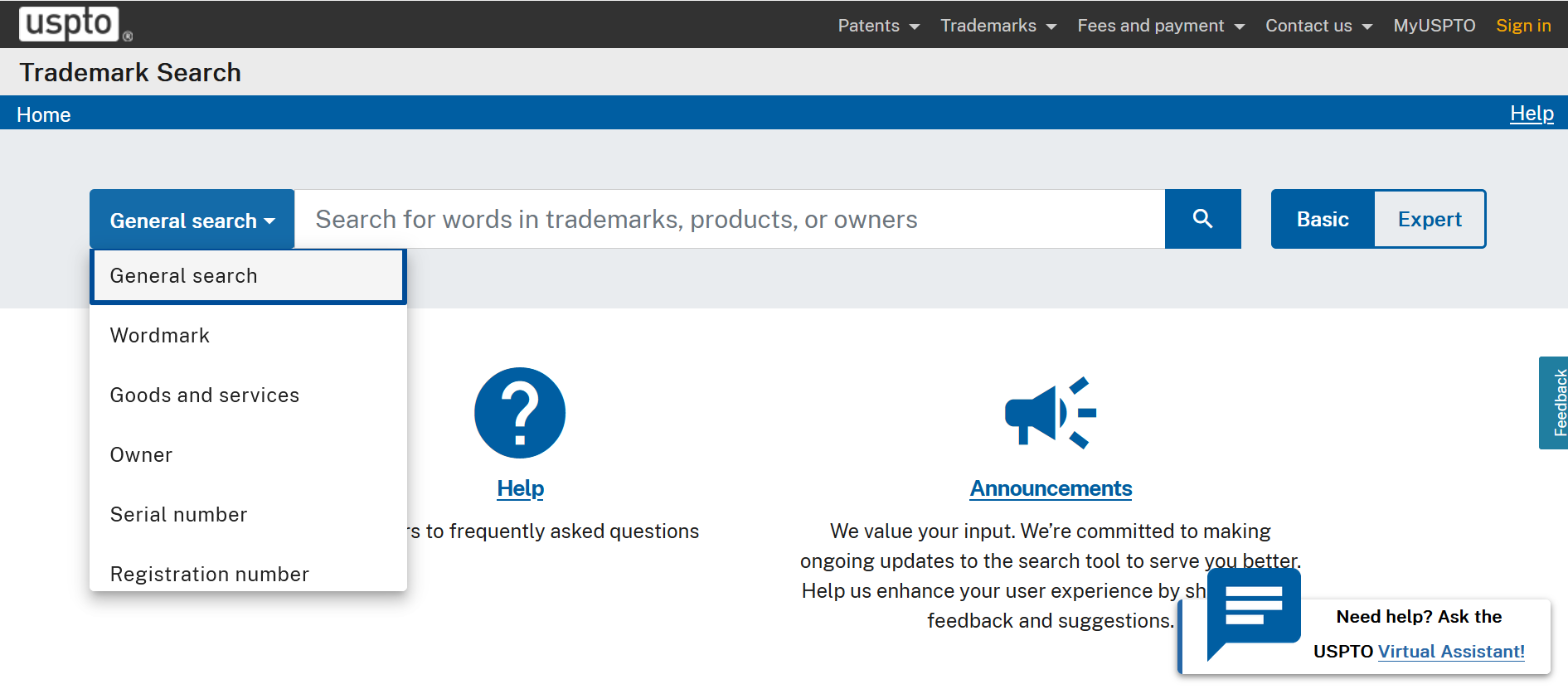Introduction
When you see WWF, do you think of a panda or a wrestler? This was the dilemma for the World Wildlife Fund, a non-profit founded in 1961 dedicated to protecting wildlife globally. With a similar acronym to the World Wrestling Federation (established in 1963), the two organizations were embroiled in a legal dispute for over 20 years.
In 2002, the court ordered the World Wrestling Federation to change its name, which it did. It soon became known as World Wrestling Entertainment or WWE. A World Wildlife Fund representative stated, "It's been the wrestlers against a cute little panda bear. And the panda won."
A brand name is integral to a company's identity. It encompasses its values, differentiates it from competitors, and evokes emotions from its audience. Building a strong brand takes years and must be protected at all costs.
This is where trademarking becomes crucial. Understanding how trademarks work and the benefits they can bring is essential for any business.
Defining trademark
What is a trademark?
A trademark is a unique identifier that indicates the source of a product or service. It resembles a unique tag or symbol representing a company's ownership and identity.
Trademarks prevent other businesses from using the same name or logo, deterring counterfeits and avoiding customer confusion. Seeing a recognized trademark gives consumers confidence that their product is genuine and can be trusted.
But don’t confuse it with other intellectual property protections like copyright and patents. Copyright protects creative works like art, music, movies, and books. Patents protect inventions like machines, tech, etc. Meanwhile, a trademark protects a company's brand and builds customer trust.
Types of trademarks
There are three types of trademarks, namely, product trademarks, service marks, and collective marks.
1. Product trademarks
A product trademark shows which company made a product. It can be a symbol, a word, or an image, but it must be inherently unique. Avoid generic terms so it is easy to register, and consider futureproofing your trademark if you want to expand your product lines in the coming years.
A good example is Nestle, a Swiss multinational food and beverage company. Its trademark is the bird's nest logo, which shows a mama bird feeding two young birds in a nest perched up a tree. The symbol stands for care and nourishment, which reflects Nestle's products.

Trademarked logo via Flickr
Another is Chanel, a French luxury brand associated with elegance and sophistication. Its trademarked symbol is the interlocking "CC" logo.
A product trademark is often accompanied by a ™ or a ®. The former means the trademark is unregistered but claimed by a company, while the latter stands for registered trademark.
2. Service marks
On the other hand, service marks are symbols, words, or images that indicate who provides a specific service. Like product trademarks, service marks protect the company and establish trust among those who use a company's service. Select a strong representation of your service when choosing your service mark.
Take a look at Netflix. When people see the red N logo against a black background, they think of streaming TV series and movies. When it appears, the logo is accompanied by a distinctive sound—tudum.

Iconic logo via Netflix
Banyan Tree Hotels & Resorts, a luxury resort and spa brand, has a service mark of three trees standing side by side. The mark symbolizes the relaxation and rejuvenation they offer customers in beautiful, exotic landscapes.

Banyan Tree Hotels & Resorts logo via Brandfetch
3. Collective marks
Brands use a collective mark to show that they belong to a collective entity and are part of a purpose. For example, collective marks include the Fair Trade Certified™ or the 100% Recycled Paperboard®. The former indicates that the products adhere to fair trade standards, and the latter is for products that meet recycling standards set by the Recycled Paperboard Alliance.

Products with Fair Trade Certified stamp adhere to ethical practices that protect farmers, fishers, etc. Image via Fair Trade Certified

100% Recycled Paperboard trademark stamp via RPA 100
Registering for a collective mark highlights what makes you different from your competitors. Brands that support sustainability carry collective marks to ensure the quality of their products, which establishes consumer confidence.
How to register a trademark? A step-by-step guide
While trademark registration is not a requirement, it can provide an additional layer of legal protection from infringements and other similar acts. But, registering a trademark can be undeniably tedious, especially with the rapid growth of businesses in different industries. So, we've simplified the steps you need to take below.
Step 1: Search for existing trademarks
Before registering your trademark, you must ensure it's not already in the database. US business owners must search the United States Patent and Trademarks Office (USPTO). There are various ways to search for existing registered marks thoroughly.
- Search for exact brand name matches.
- Search for similar trademarks that may confuse. For instance, the affordable brand Seycos sounds identical to the Japanese watch and clock brand Seiko, which led to a legal dispute.
- Search for different variations of your trademark. Add a truncation character, like an asterisk, to your trademark so the system can thoroughly scan the database for variations.
You can begin the application process once you've deemed your trademark fit for registration.
Step 2: Apply for your trademark
The application process starts by applying to your country's branch of government in charge of trademarks. In the United States, this would be the USPTO via the Trademark Electronic Application System.

Conduct a deep search for existing trademarks before applying for registration. Image via USPTO
Here are the things you need to include in your application:
- Applicant's details: name, address, and type of business
- Filing basis or purpose for filing a trademark
- Clear trademark representation like your logo, fonts, and imagery
- A complete description of goods and services.
A serial number will be assigned, which you can track to check the status of your application. To avoid filing delays, make sure to pay the application fees.
There are two types of trademark protection: federal and state trademarks. The former provides national coverage, while the latter is limited within the borders of the registering state. Costs also differ, with the federal trademark being more expensive than the state trademark.
Step 3: Trademark publication
After meeting all the requirements and no objections have been filed to your application, you will receive a notice of publication in the USPTO's Official Gazette.
This allows the public to raise an opposition within 30 days. If none is raised, you will be issued a Notice of Allowance, indicating that everything has been reviewed and the registration process can occur.
Step 4: Trademark registration and approval
Next, you'll need to prove that your trademark is being used for its intended purpose or filing basis. You will be given six months to do so and submit a Statement of Use or SOU. After receiving SOU approval from the examining attorney, you can expect your registration to be completed within two months.
Every country has its own set of rules regarding trademark registration. It is best to consult a patent and trademark attorney to assist you with your trademark application.
Special considerations for different industries
Each industry uses trademarks for different purposes. For example, healthcare companies apply trademarks to ensure patients get the right products, and retail companies trademark their brands to protect their distinguished styles and quality.
Several regulations also need to be met depending on your industry. Strict guidelines bind health and pharmaceutical companies, as their products can pose health risks when customers are misled.
Trademark a brand: best practices
Here are some expert tips when trademarking your brand.
1. Choose a unique name
Whatever brand name you choose, make sure it is distinctive and stands out. The more unique your name is, the easier it is to protect. For example, "Kingdom of Purr" is easier to remember and more distinctive than "Pet Shop."
You should also consider the future growth of your brand. A trademark for "Kathlyn's Dresses" can limit your business to producing other types of clothing under the same mark as opposed to "Kathlyn's Closet."
Strong and unique brand names can be fanciful, arbitrary, or suggestive.
A fanciful mark is made-up words like Google, Walmart, Kodak, and Xerox. Arbitrary marks are words that have nothing to do with the products or services they provide, like Amazon, Adobe, and Dove. And suggestive marks hint at the types of products or services rendered, like Coca-Cola and Dairy Queen.
2. Register early
Trademarking a brand is often an afterthought, especially for small businesses. However, registering your brand trademark as early as possible protects you from other companies that may use it in the future.
3. Be consistent
Always use your trademark the same way across all your branding and marketing efforts. This helps build recognition among your audience and strengthen your brand. Consistent use of your trademark also ensures you keep your exclusive rights.
4. Ask help from the experts
Trademark laws can be tricky, especially if it's your first time. It's advisable to talk to a lawyer to help you understand your trademark rights and ensure timely trademark registration approval.
Protecting and enforcing your trademark
Registering your trademark is an excellent step in protecting your brand's interests. But it doesn't stop there! You must watch for people wanting to use your trademark without your permission. You can do this by closely monitoring your brand so you can take action to stop them.
Monitoring trademark usage
Fortunately, there are trademark monitoring tools you can use to help you keep track of your trademark usage.
- Google AdWords. This tool can show how many people have used your trademark in their ads.
- Google alerts. This tool notifies you whenever your brand name appears online.
- Brand monitoring tools. These are tools that keep track of any mentions of your brand across websites and social media platforms.
- Trademark monitoring services. These services check for new trademarks similar to yours so you can take action. Examples include the Federal Trademark Watch for trademarks filed in the United States, the Global Trademark Watch for trademarks in other countries, and the Common Law Watch for trademarks used on the Internet and social media.
Comprehensive monitoring can enhance your trademark protection strategies and avoid tedious legal battles. But what happens when you catch someone else infringing on your brand?
Legal actions for trademark infringement
Send a cease and desist letter
Businesses may sometimes use your trademark without realizing you own it. In these cases, a simple warning letter can often resolve the issue.
However, if the infringer refuses to acknowledge your request, you can send a cease and desist letter. This legally requires the infringer to stop using your trademark.
File a complaint with the trademark office
If the issue has not been resolved and your trademark is registered, you can file a complaint with the trademark office so they can take action. The office can conduct an initial review to verify and investigate the infringement.
This process can be complex and time-consuming, so the trademark officer may suggest mediation to resolve the dispute without further legal action. For example, suppose a small business is using a similar business name. In that case, both parties may agree to change it to avoid getting sued.
File a lawsuit
The business can proceed by taking the infringer to court. The court may issue an injunction, forcing the infringing party to stop using the trademark. The court can also order the destruction of any counterfeit goods.
As the plaintiff, the business can claim damages for losses suffered due to the infringement. Additionally, the court may require the infringing party to cover the plaintiff's legal costs. According to the American Marketing Association, trademark infringement lawsuits typically range from $350,000 to $2 million.
Secure your business by protecting your brand
Trademark infringement causes significant financial losses for businesses and economies. The US Chamber reported that over $500 billion is lost annually due to counterfeit products.
Counterfeit goods harm businesses and pose risks to consumer health and safety, as they are made with substandard or dangerous materials. The misuse of trademarks by others can also damage your brand's reputation. Therefore, it is essential to trademark your brand and register it to protect your intellectual property and identity.
Learn more about creating a strong brand when you work with a professional brand strategy agency.
Feb 4, 2025
